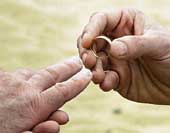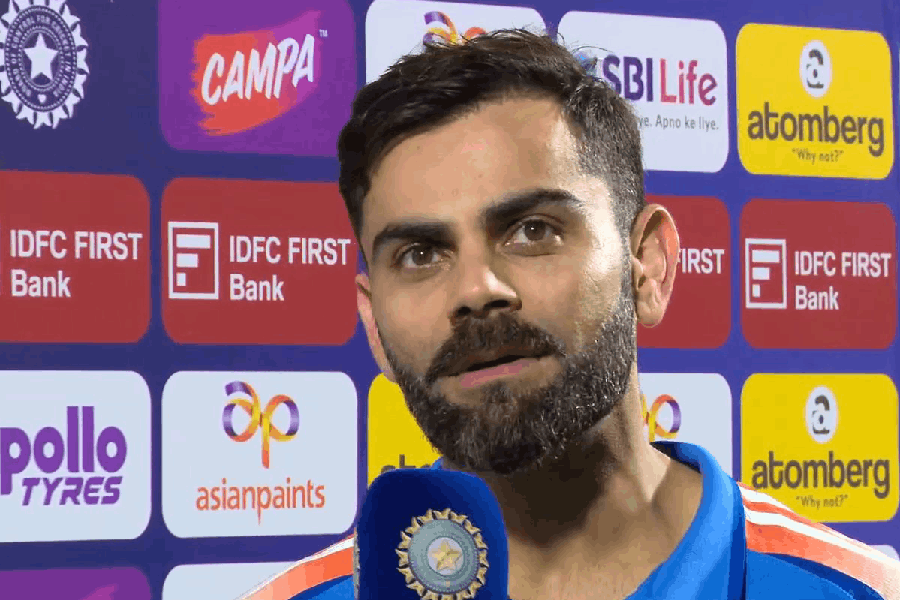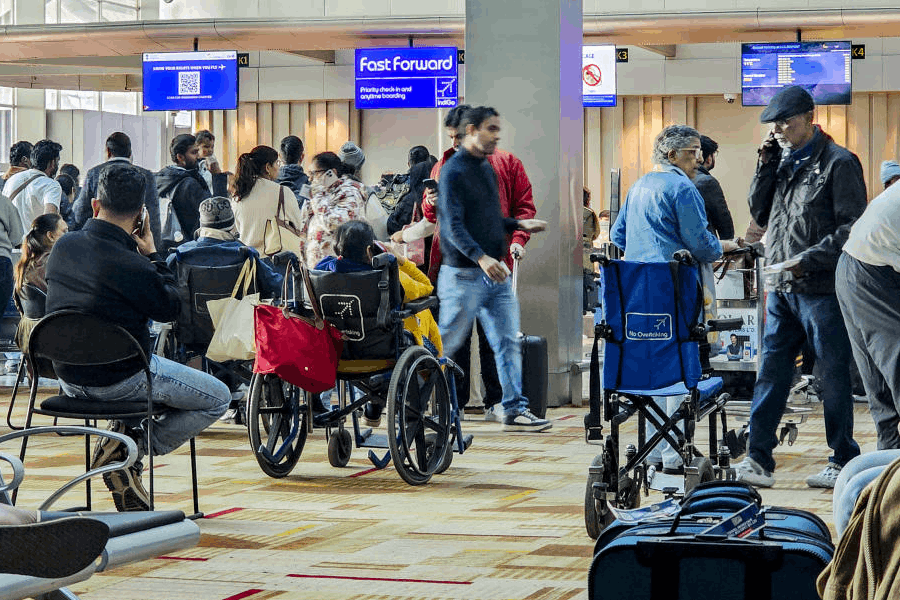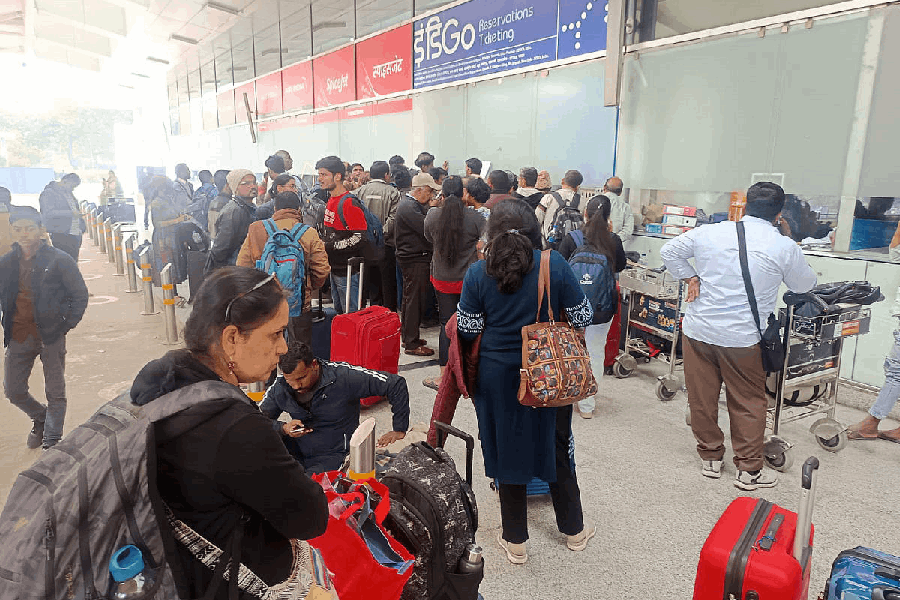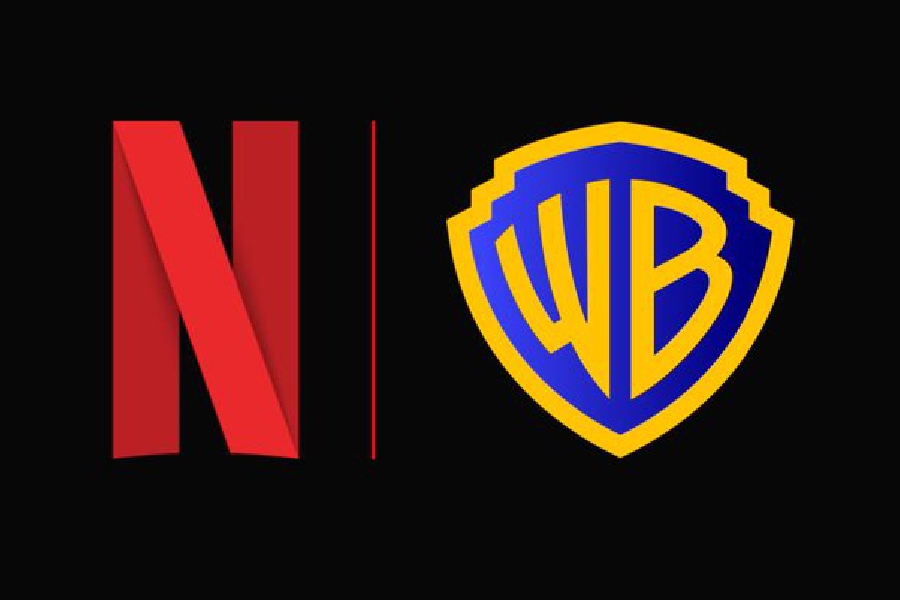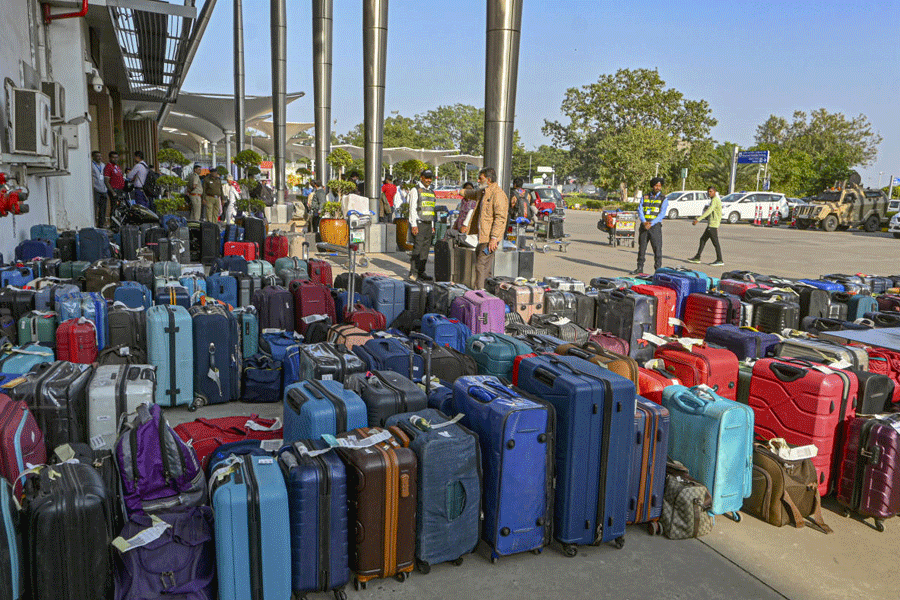 |
Elavarthi Manohar’s day is so packed with meetings that he can take out time to talk only on his way to work.
Manohar’s meeting venue ? on Bangalore’s M.G. Road ? is a 20-minute drive by autorickshaw from home. In between giving directions to the driver, the 34-year-old founder of Suraksha, a Bangalore-based non-governmental organisation (NGO) working with people of alternate sexuality ? talks of his own experiences as a homosexual.
Manohar’s been through the grind ? of discovering his different sexual leanings, the confusion and shame, meeting men in dark corners of parks and public toilets, the process of coming out of the closet and of acceptance by his family and friends. “As a gay adolescent, I was ridden with doubts about my sexual identity. What was worse was that there was no one to talk to,” he recalls.
Manohar notes how times have changed in Bangalore. When he moved to the city in 1995, it was a sin to mention the h-word. There was only one gay group ? called ‘Good As You’ ? in the city. “It was a group of about 10 to 15 closeted, upper-middle class men. A majority was married. It held secret fortnightly meetings,” recalls Manohar.
Ten years on, Manohar lives “openly and happily” with his boyfriend, gives frequent public talks on how he and his family came to terms with his homosexuality and mentors four organisations working with people of alternate sexuality. “Bangalore’s gay movement grew double quick. In five years, it was on a par with those in Delhi, Mumbai and Calcutta,” says Manohar.
Gay activists back claims with figures. Till 1998, Bangalore had two voluntary organisations working with people of alternate sexuality. “Now there are a dozen such organisations. And each one has grown in size,” says Vinay Chandran, executive director, Swabhava, a city-based NGO working with the lesbian-gay-bisexual-transgender (LGBT) community. Set up in 1999, Swabhava’s membership has grown five times in five years, claims Chandran.
Sangama ? which was set up in the same year ? has seen a similar galloping growth. Its member list grew from 100 people in 1999 to 5,000 in 2005. “Sangama started with two stringer employees. Now we have 80 full-time workers,” says Reginald Watts, programme director of the NGO.
Bangalore’s first helpline for homosexuals, Sahaya, which started in 1999, is now a popular agony-aunt for confused callers. “We barely received any calls in the first two years. Now the helpline gets eight to 10 calls every day,” says Chandran of Swabhava ? the NGO that runs the helpline.
This year, an exclusively-for-lesbians helpline starts in Bangalore. It will be jointly launched by Sangama and the National Institute for Mental Health and Neuro Sciences (NIMHANS). “Most gay spaces in India are male centric. This helpline aims to reverse the trend,” says Dr Shekhar Sheshadari, professor of psychiatry, NIMHANS.
Bangalore has hosted two high-profile transgender festivals ? called Hijra Habbas ? in the last three years. The three-day Habbas was packed with cultural events. Actor Nandita Das and top cop H.T. Sangliana were chief guests. “It gave the Hijra community huge visibility in the city,” says a spokesperson for Vividha, the NGO that organised the Habba.
Public talks, gay film festivals, rallies, dharnas and symposiums are regular events on Sangama’s annual agenda, claims Watts. “Sangama holds 50 public events every year. We believe in bringing social change by going public,” he says.
In the last five years, Bangalore’s LSBT movement has lived under the arc lights. “I’ve given public talks on everything from gay and gender equality to sexuality in street children,” says Manohar.
The secrecy-shedding process began with a public meeting ? called ‘Breaking the Silence: Sexual Minorities Speak Out’ ? organised by a city-based NGO, Coalition for Sexual Minority Rights, in 2001. “Ten people came out about their homosexuality in public. That broke the ice about homosexuality in Bangalore,” says Manohar.
Ever since, there has been a clamour of eyeball-attracting activities. In 2004, a 10-day, 3,000-people strong hunger rally was held on M.G. Road ? the nerve-centre of the city ? when three men raped a Hijra. Sangama holds regular public campaigns to demand the removal of Section 377 of the Indian Penal Code ? which criminalises homosexuality. “People from across south India are invited to participate,” says Watts.
Members of the gay communities stress that there are reasons why Bangalore is fast emerging as the voice of the community. The BPO industry, they point out, has helped bring social change in Bangalore. “Since BPO employees deal with western customers, they have to be familiar with their cultural realities like gay marriages. This has helped remove the stigma of homosexuality,” says Chandran.
It’s also easier to be openly homosexual in a new city. “Bangalore’s growing migrant population lives a no-strings-attached life. It helps homosexuals come out of the closet,” says Chandran. And it helps that Bangalore has traditionally been a safe city for women. “A city that is tolerant to women is tolerant to the sexual minority. Gender and sexuality are related issues,” says Manohar.
To articulate the concerns of the community, Swabhava has taken gender and sexuality concerns to colleges. It held a programme on legal rights for gays in Bangalore’s St Joseph’s College. “We have given talks on LSBT rights at Bangalore University,” says Chandran.
Being part of the mainstream social agenda has helped Bangalore’s gay movement. “We work along with NGOs focusing on women, dalits, street children and sex workers. The city’s gay movement has not lived in isolation,” says Manohar.
There have been instances of homophobia, but Manohar takes it all in his stride. Homophobia, he explains, results from unawareness. “That’s why gay groups in Bangalore have focused on research and distribution of information on alternate sexuality,” he says. Sangama started out as a documentation centre and today has a well-stacked library on the LSBT movement. “Gay-right research students are regulars here,” says Watts.
Swabhava has conducted a NIMHANS and Ford Foundation-funded study ? titled ‘LGBT Journeys’ ? based on interviews with 36 people from the sexual minority group. “Since most gay-documentation is West-based, we had trouble tackling calls at the helpline. The study focuses on social problems of the LGBT community in the Indian context,” says Chandran.
Bangalore’s gay movement has received its share of outside support as well. A surprise speaker at the Coalition for Sexuality Minority’s ‘Breaking the Silence’ meet was Reverend K.C. Abraham, a priest with the Church of South India (CSI). “He gave full support to the movement,” says Manohar.
Says Sheshadari of NIMHANS, “I mention the sexual minority in all my talks on gender and sexuality. It helps increase comfort levels about the issue.”
Clearly, Bangalore is on a mission. And the focus, right now, is on raising issues that have for long years been pushed into the closet. “The idea is to break the silence,” says Manohar.

